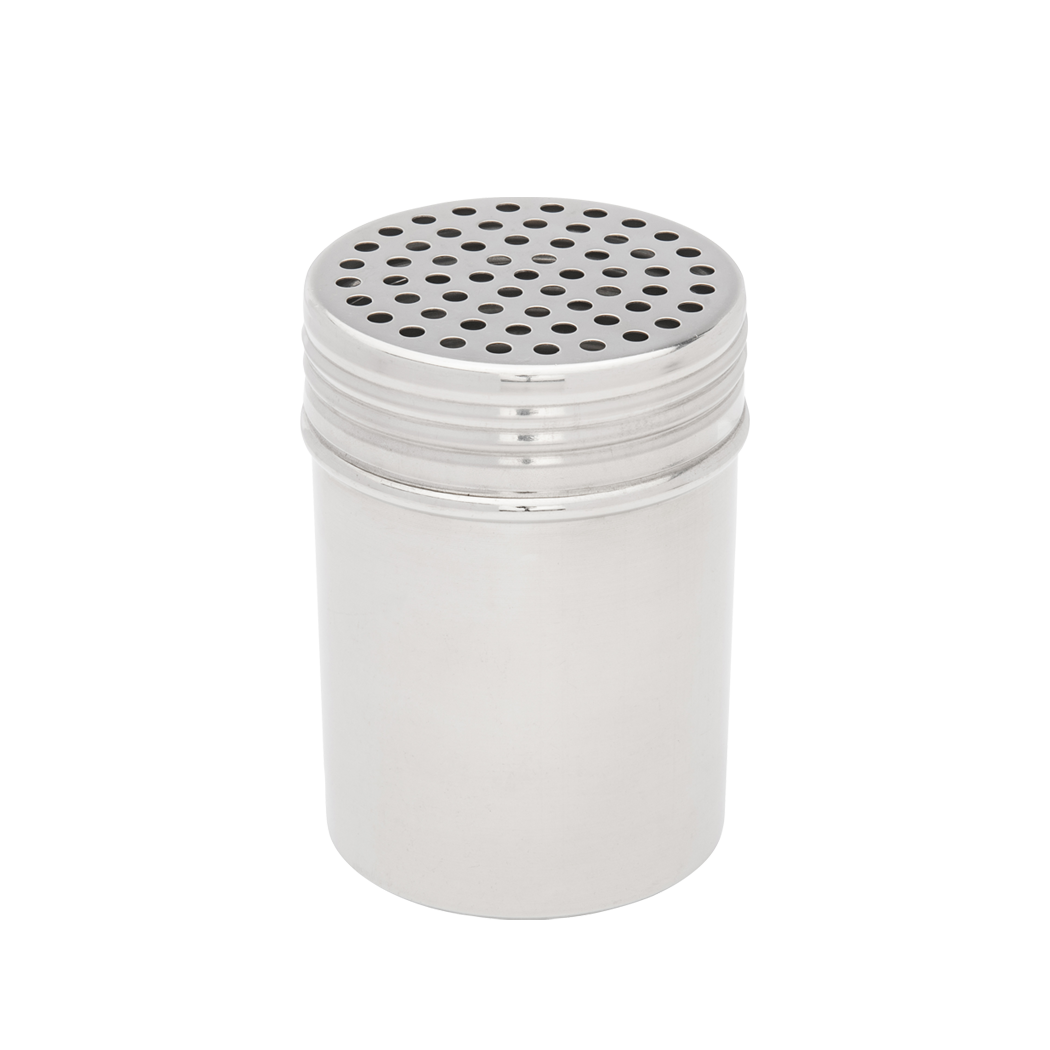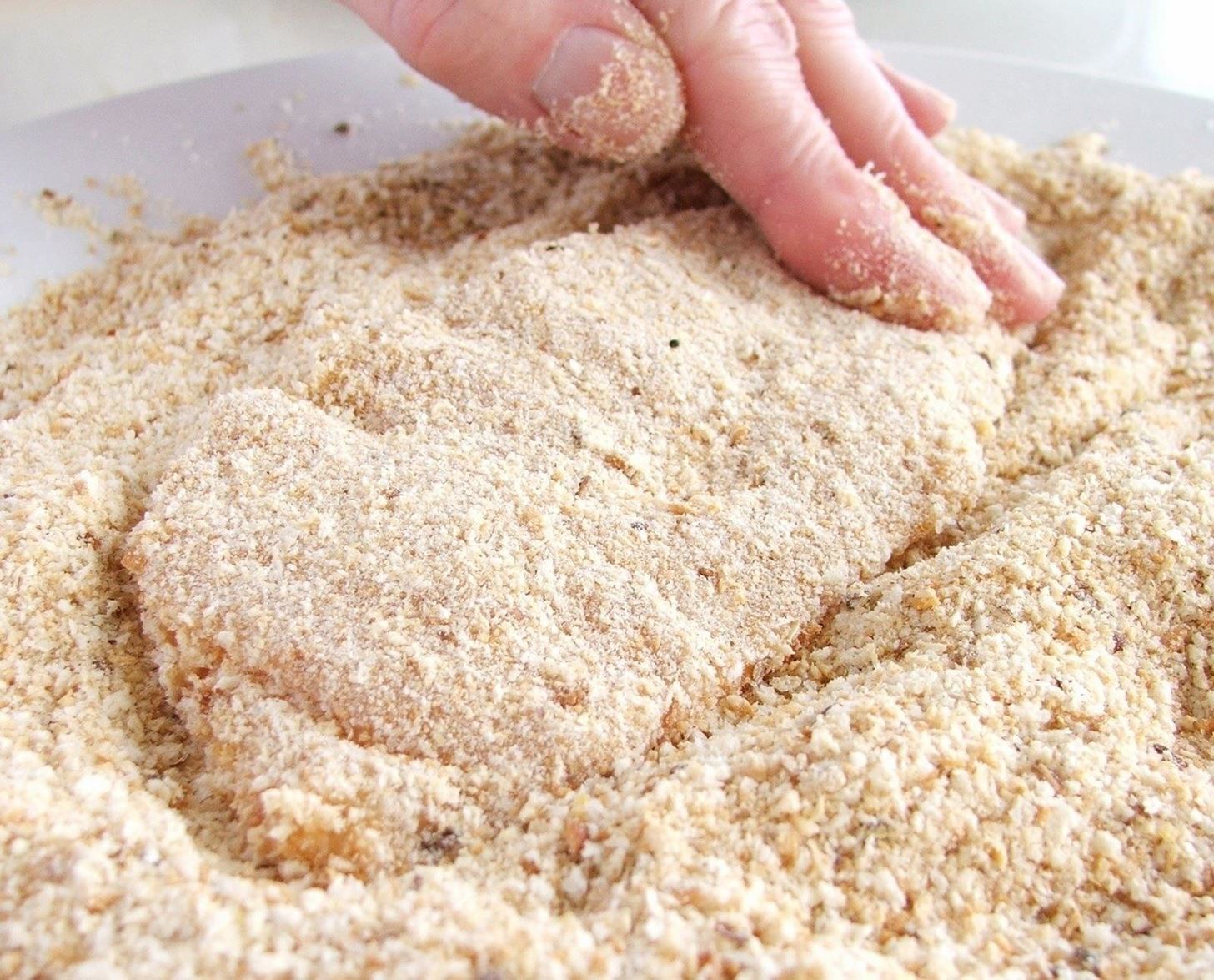

Because capital works usually involve hard material or high-volume works, the work is usually done using a cutter suction dredge or large trailing suction hopper dredge but for rock works, drilling and blasting along with mechanical excavation may be used.

Dredging can produce materials for land reclamation or other purposes (usually construction-related), and has also historically played a significant role in gold mining. The process of dredging creates spoils (excess material), which are carried away from the dredged area. If the crane is mounted on a barge, the entire vessel is referred to as a dredger. The crane could be located on the bank, or perhaps mounted on a barge. Developing this idea further, a motorized crane equipped with a drag bucket or clamshell (grabber) that is used to scoop material from the bottom of a body of water is also a dredger. For example, a scoop attached to the end of a rope or pole by which a man can draw sediments up from the bottom of a pond is a dredger. Dredging is also used as a technique for fishing for certain species of edible clams and crabs, see fishing dredge.Ī dredger (or “dredge” as is the general usage in the Americas) is any device, machine, or vessel that is used to excavate and remove material from the bottom of a body of water.

It is also used as a way to replenish sand on some public beaches, where sand has been lost because of coastal erosion. This technique is often used to keep waterways navigable. Dredging is an excavation activity or operation usually carried out at least partly underwater, in shallow seas or fresh water areas with the purpose of gathering up bottom sediments and disposing of them at a different location.


 0 kommentar(er)
0 kommentar(er)
